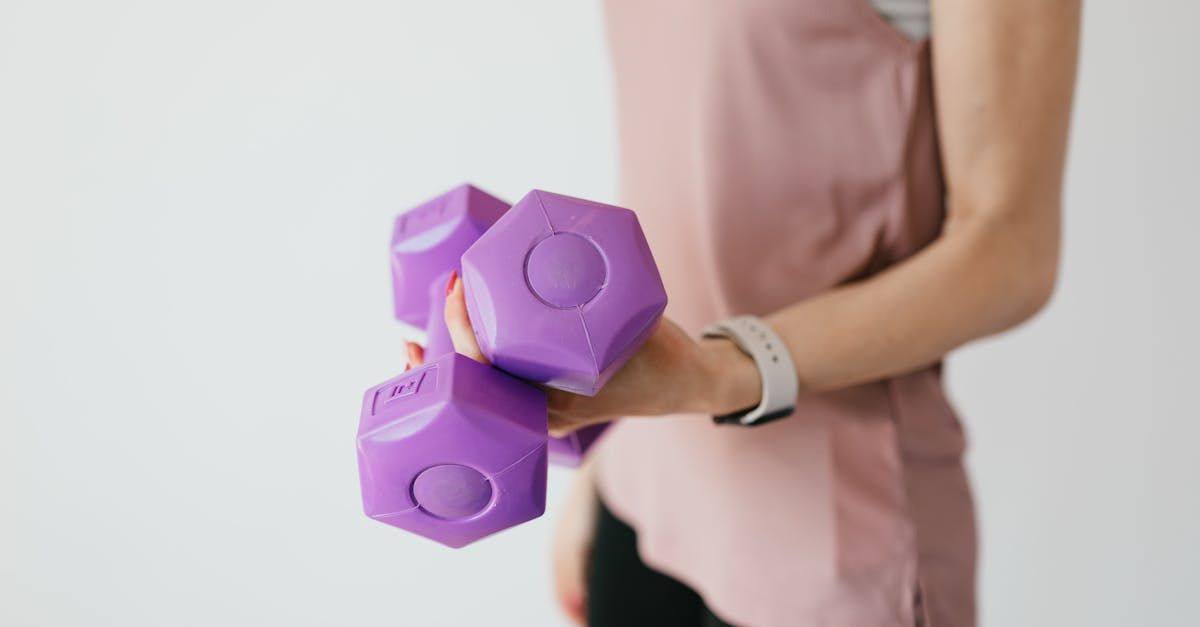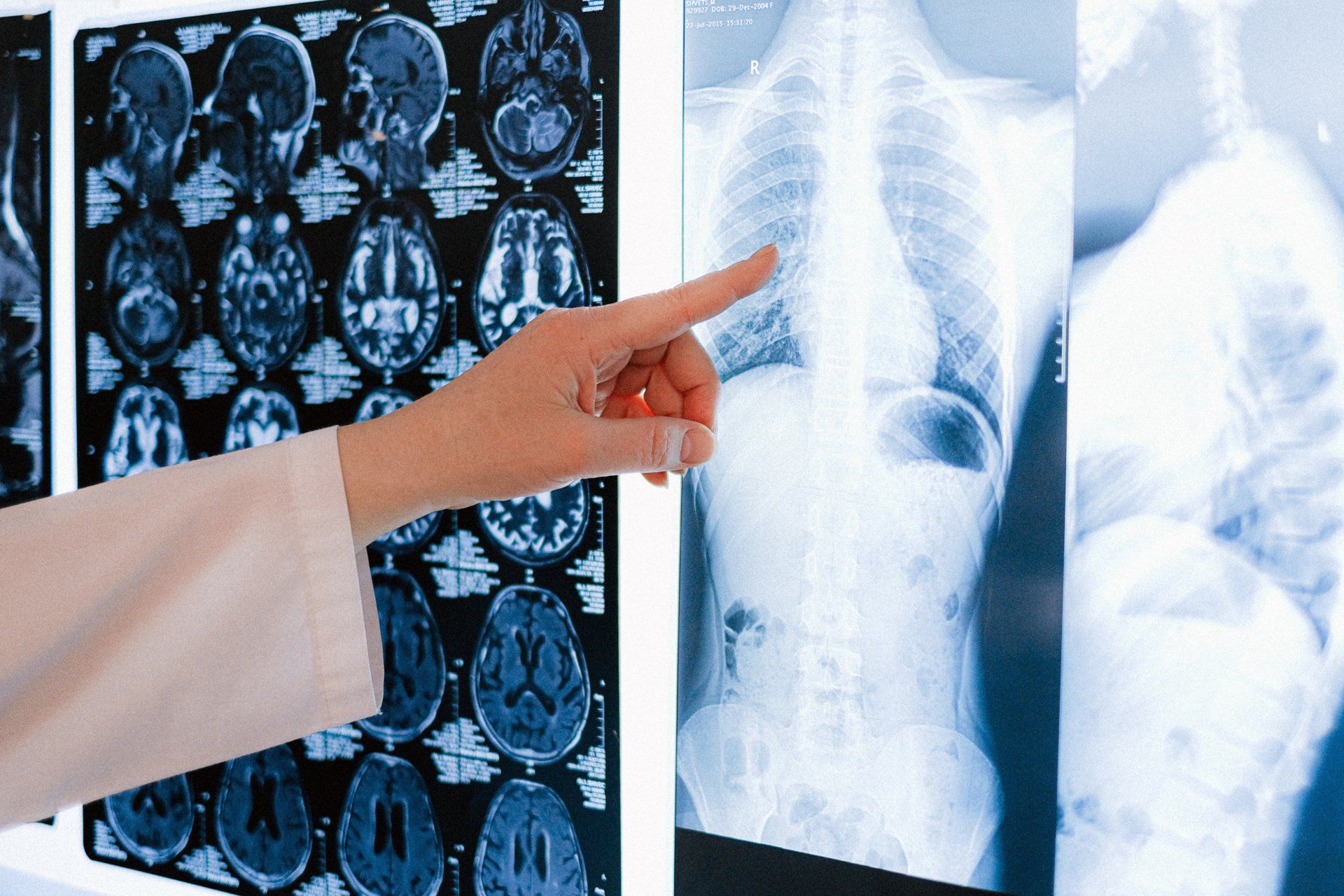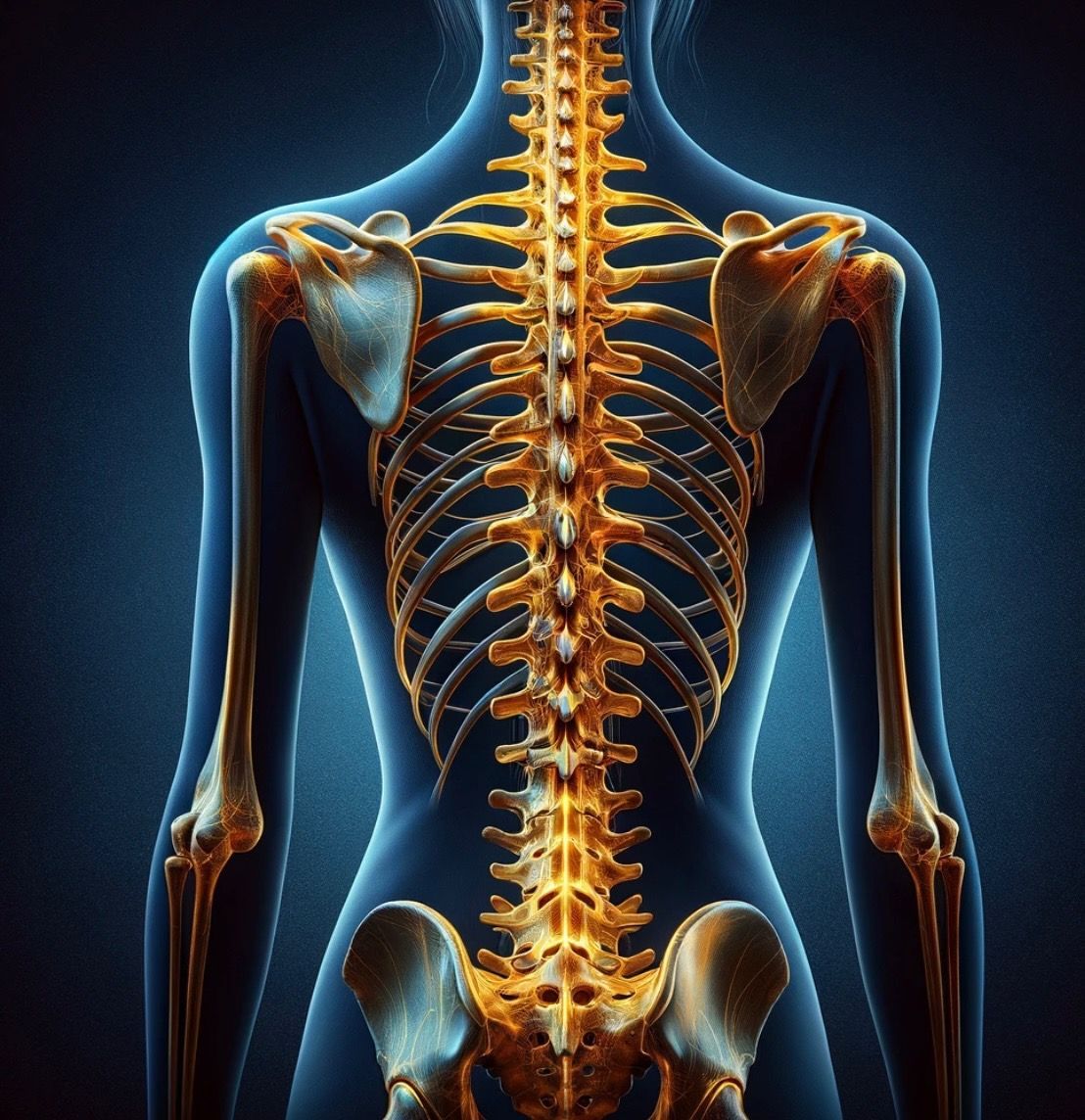Share post...
When it comes to osteoporosis, many of us picture an elderly woman hunched over, a victim of the bone-weakening disease that's prevalent among postmenopausal women. While it's true that women over 50 face the highest risk of osteoporosis, it's crucial to understand that this silent disease can strike anyone, at any age, regardless of gender.
Osteoporosis:
It is not Just a women’s disease approximately 20% to 25% of men are expected to experience an osteoporotic fracture in their lifetime. This statistic shatters the misconception that osteoporosis is solely a woman's concern.
Men, too, experience a gradual loss of bone density as they age, particularly after the age of 70, but they are often underdiagnosed and undertreated for osteoporosis due to the widespread belief that they are not at risk!
Young People Are Not Immune:
The idea that only the elderly are at risk of osteoporosis is another myth that needs dispelling. Younger adults can develop osteoporosis as well, especially if they have certain risk factors. These include long-term use of medications such as glucocorticoids, lifestyle factors like smoking and excessive alcohol consumption, and chronic conditions such as rheumatoid arthritis and other autoimmune disorders. All these factors can compromise bone health, leading to early-onset osteoporosis.
The Role of Lifestyle Choices:
Beyond age and gender, lifestyle choices play a significant role in influencing bone health. Calcium and vitamin D intake, physical activity, and avoiding tobacco and excessive alcohol are critical steps everyone can take to maintain strong bones. Engaging in weight-bearing exercises, such as walking, running, or lifting weights, can help build and maintain bone density at any age.
Early Detection and Management
Awareness and early detection through bone density scans can make a significant difference in managing osteoporosis effectively. These scans are not just diagnostic tools for older women but are crucial for anyone at risk, regardless of their gender or age. Understanding your bone health status can lead to early interventions that might include lifestyle changes, dietary adjustments, or medical treatments aimed at preventing further bone loss.
Conclusion
Osteoporosis is a global health issue that requires awareness across all demographics. By debunking myths and spreading knowledge about the widespread nature of this disease, we can encourage more people to take proactive steps towards screening and prevention. Remember, healthy bones are crucial at every age, and osteoporosis prevention starts with education and awareness. Whether you're a young adult, a middle-aged man, or a postmenopausal woman, understanding the risks and preventive measures can lead to healthier, stronger bones for life.
Recent Posts






